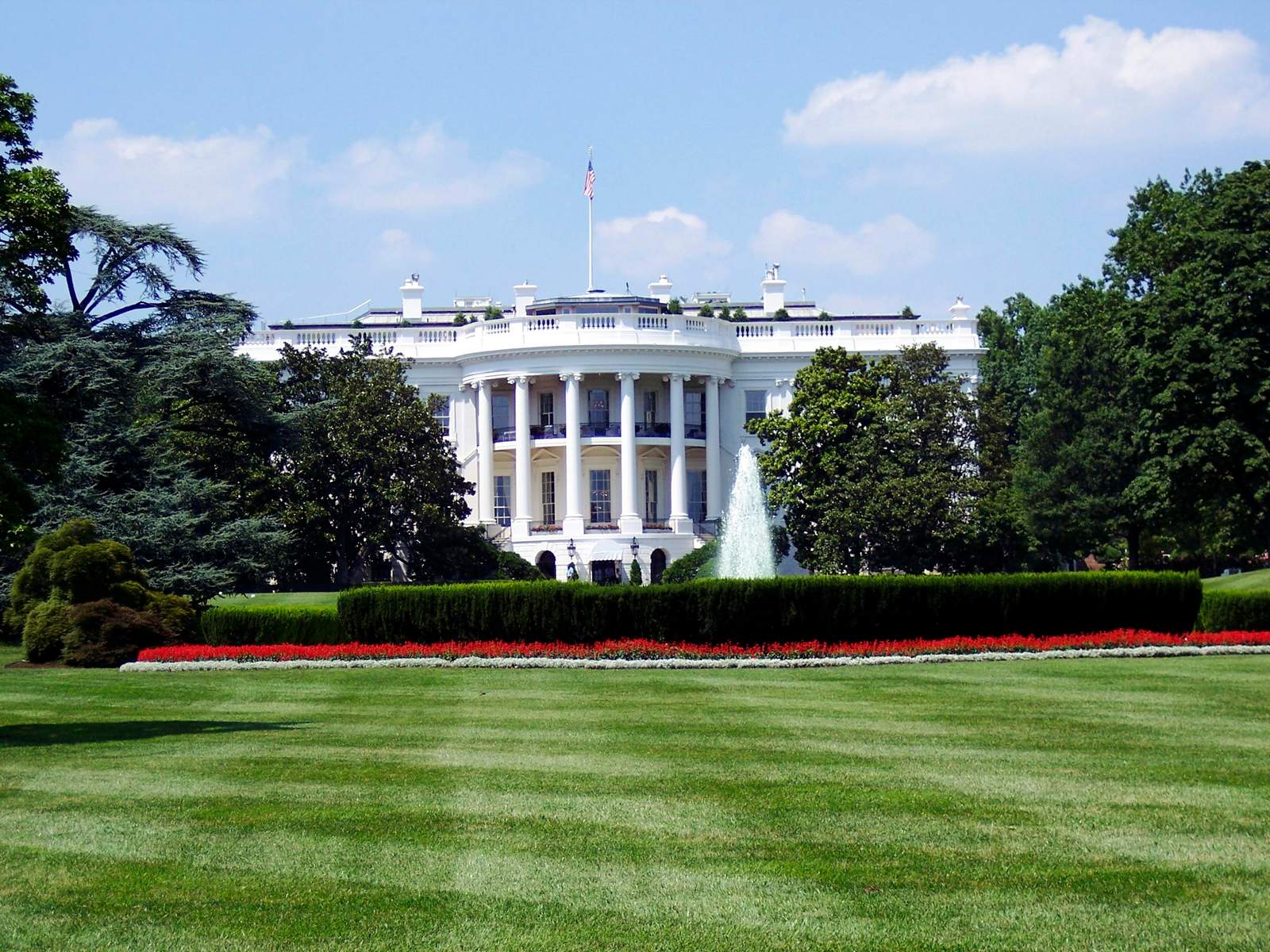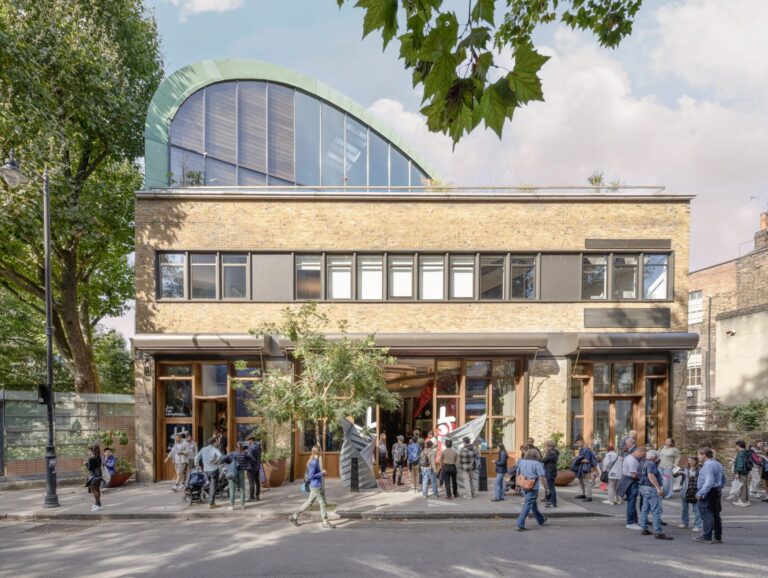The Influence of Rulers on Architecture: How Leadership Shapes Design and Urban Identity
The Influence of Rulers on Architecture: How Leadership Shapes Design and Urban Identity
Throughout history, architecture has been a powerful expression of authority, vision, and cultural identity, shaped profoundly by the rulers of their respective eras. Kings, emperors, and sultans have each left an indelible mark on the architectural landscapes of their domains, with structures that symbolized not only their power but also their ideals, beliefs, and ambitions. This article explores how the personalities of influential rulers have directly impacted the architectural character of their cities, often setting new standards in design and functionality that endured for centuries.
1. Ancient Egypt: Pharaohs and Monumental Legacy
In ancient Egypt, the pharaohs were seen as divine figures, and their grand architectural achievements reflected their celestial status. The construction of the Great Pyramid of Giza around 2580 BCE under Pharaoh Khufu was an unparalleled project, with each stone block meticulously placed to honor the pharaoh’s journey to the afterlife. This 146.6-meter-high structure, with its perfectly aligned corners and massive scale, symbolized not only the pharaoh’s godlike power but also his command over an immense labor force and resources. Later rulers, such as Ramesses II (reigned 1279–1213 BCE), also left a profound mark, commissioning monuments like the Abu Simbel temples—two rock-cut temples adorned with colossal statues of the pharaoh himself. Ramesses’ architectural legacy, with colossal statues reaching up to 20 meters high, celebrated his military prowess and divine rulership.
2. Islamic Golden Age: The Abbasid Caliphate and Intellectual Expansion
In the Islamic Golden Age, rulers like Caliph Harun al-Rashid (reigned 786–809 CE) used architecture to reflect Baghdad’s status as a center of knowledge and power. Under al-Rashid’s leadership, the Abbasid capital was transformed into a symbol of Islamic culture, with the Round City of Baghdad representing innovative urban planning. With a diameter of approximately 2.8 kilometers, this city was designed with concentric walls and gates, symbolizing the caliph’s central role in governing and protecting the Islamic empire. Later, Al-Mu’tasim expanded Samarra with magnificent palaces and the unique spiral minaret of the Great Mosque of Samarra (completed 851 CE), a testament to the era’s architectural ingenuity and the ruler’s aspirations to elevate the city as an architectural marvel.
3. Renaissance Italy: Florence Under the Medici and the Rebirth of Classical Ideals
The Renaissance brought an era of artistic and architectural revival, particularly in Italy, under the patronage of powerful families like the Medici in Florence. Cosimo de’ Medici (1389–1464), often regarded as the “Father of the Renaissance,” sponsored artists and architects to transform Florence into a city of classical beauty and sophistication. Filippo Brunelleschi’s work on the Florence Cathedral dome, completed in 1436, symbolized this shift. At 114.5 meters high, it was the largest masonry dome in the world, an engineering marvel that required innovative solutions. Cosimo’s support of such projects demonstrated how his leadership actively encouraged the revival of classical Roman and Greek aesthetics, thus reshaping Florence as a hub of Renaissance architecture and ideas.
4. Mughal India: Shah Jahan and the Architecture of Grandeur
In India, the Mughal Empire under Shah Jahan (reigned 1628–1658 CE) became renowned for its splendor in architectural design. Shah Jahan’s reign is best remembered for the construction of the Taj Mahal (1632–1653), a white marble mausoleum built in memory of his wife, Mumtaz Mahal. Standing at 73 meters high, the Taj Mahal is a marvel of Mughal architecture, blending Persian, Islamic, and Indian elements. Shah Jahan’s vision of grandeur extended to his capital, where he commissioned Red Fort and the Jama Masjid in Delhi, integrating intricate marble inlays and symmetrical designs that highlighted the empire’s power and wealth. His architectural legacy reflects both his personal aesthetic and the empire’s cultural sophistication, leaving an indelible mark on Indian heritage.
5. France’s Sun King: Louis XIV and the Palace of Versailles
Louis XIV of France (reigned 1643–1715), known as the “Sun King,” transformed the Palace of Versailles from a modest hunting lodge into a symbol of absolute monarchy and opulence. The expansion, which began in 1661, turned Versailles into a sprawling complex of over 700 rooms and 67,000 square meters. The Hall of Mirrors, with its 17 arched windows and mirrored walls, reflected Louis’s vision of grandeur, symbolizing his claim as the absolute center of France. Architect Jules Hardouin-Mansart led the project, which embodied Baroque aesthetics and emphasized power and order. Versailles became a template for royal palaces across Europe and reinforced Louis XIV’s identity as the ultimate ruler.
6. Modern Era: Sheikh Zayed and the Architectural Renaissance of Abu Dhabi
In the modern era, rulers continue to shape their nations through architectural projects that symbolize national identity. Sheikh Zayed bin Sultan Al Nahyan (1918–2004), the founding father of the United Arab Emirates, commissioned the Sheikh Zayed Grand Mosque in Abu Dhabi, which was completed in 2007. The mosque, covering 22,412 square meters with a capacity of 40,000 worshippers, is a blend of Ottoman, Moorish, and Mughal styles, featuring 82 domes, 96 columns in the main prayer hall, and the world’s largest hand-knotted carpet. Through projects like this, Sheikh Zayed sought to honor Islamic heritage while embracing modernity, establishing Abu Dhabi as a cultural center and marking a turning point in the UAE’s architectural identity.
Conclusion: Architecture as a Reflection of Rulers’ Ideals and Vision
From ancient pharaohs to modern leaders, architecture has been a canvas through which rulers express their power, vision, and aspirations for their people. The structures they commission not only define the skylines of their cities but also embody the cultural and ideological values they wish to impart. As history has shown, the personality of a ruler—be it grand ambition, devotion, or a desire for cultural synthesis—can shape the architectural legacy of an entire era. In examining these iconic examples, it is clear that the architecture of a period often mirrors the values, achievements, and aspirations of its leaders, creating lasting monuments to their rule.







